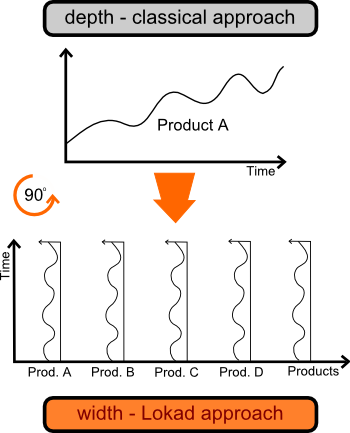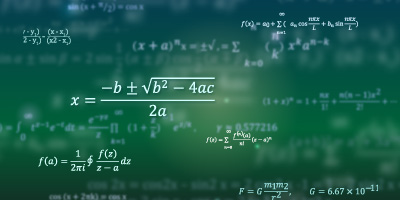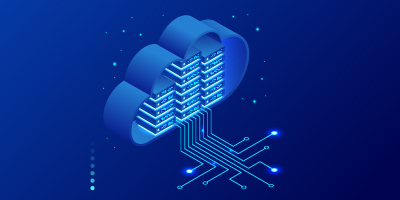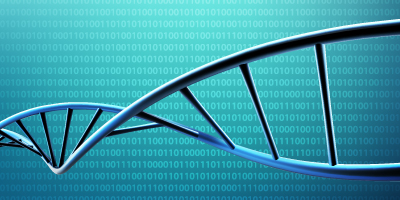Width vs. Depth, Rotate your sales forecasts by 90 degrees

We have already discussed why Lokad did not care much about forecasting Chinese food rather than Sport Bar beverages. Another way of thinking our technology consists of rotating your sales forecasts by 90 degrees.
We are observing that a consumer product has, on average, 3 years lifecycle. This means that on average the amount of data available for every single product about 18 months. When, we look at the sales history with a monthly aggregation, 18 months of data means 18 points.
With 18 data points, no matter how smart or advanced is your forecasting theory, you can’t do much simply because we face an utter lack of data to perform any robust statistical analysis. With 18 points, even a pattern has obviously as seasonality becomes a challenge to observe because we don’t even have 2 complete seasonal observation.
Your mileage may vary from one industry to the next, but unless your products stay in the market for decades, you are most likely to face this issue.
As a direct consequence, classical forecasting toolkits require statisticians to tweak forecasting models for every single product because no non-trivial statistical model can be robustly fit with only 18 points as input data.
Yet, Lokad does not require any statistician, and the magic lies in the 90 degrees rotation: our models do not iterate over data a single time-series at a time, but against all time-series at once. Thus, we have a lot more input data available, and consequently we can succeed with rather advance models.
This approach is just common sense: if you want to forecast the seasonality of your new chocolate bar, the seasonality of the other chocolate bars seems like a good candidate. Why should you treat each chocolate bar in strict isolation from the others?
Yet, from a computational perspective, the problem has just become a lot harder: if you have 10,000 SKUs the number of associations between two SKUs is roughly 100 millions (and 10,000 SKU is nowhere a large number). That’s precisely where the cloud kicks in: even if your algorithms are well-designed not to suffer a strict quadratic complexity, you’re still going to need a lot of processing power. The cloud just happens to make this processing power available on demand at a very low price.
Without the cloud, it is simply not possible to deliver this kind of technology.


